Why are young adults leaving the state? And what is Ohio doing to make them stay?
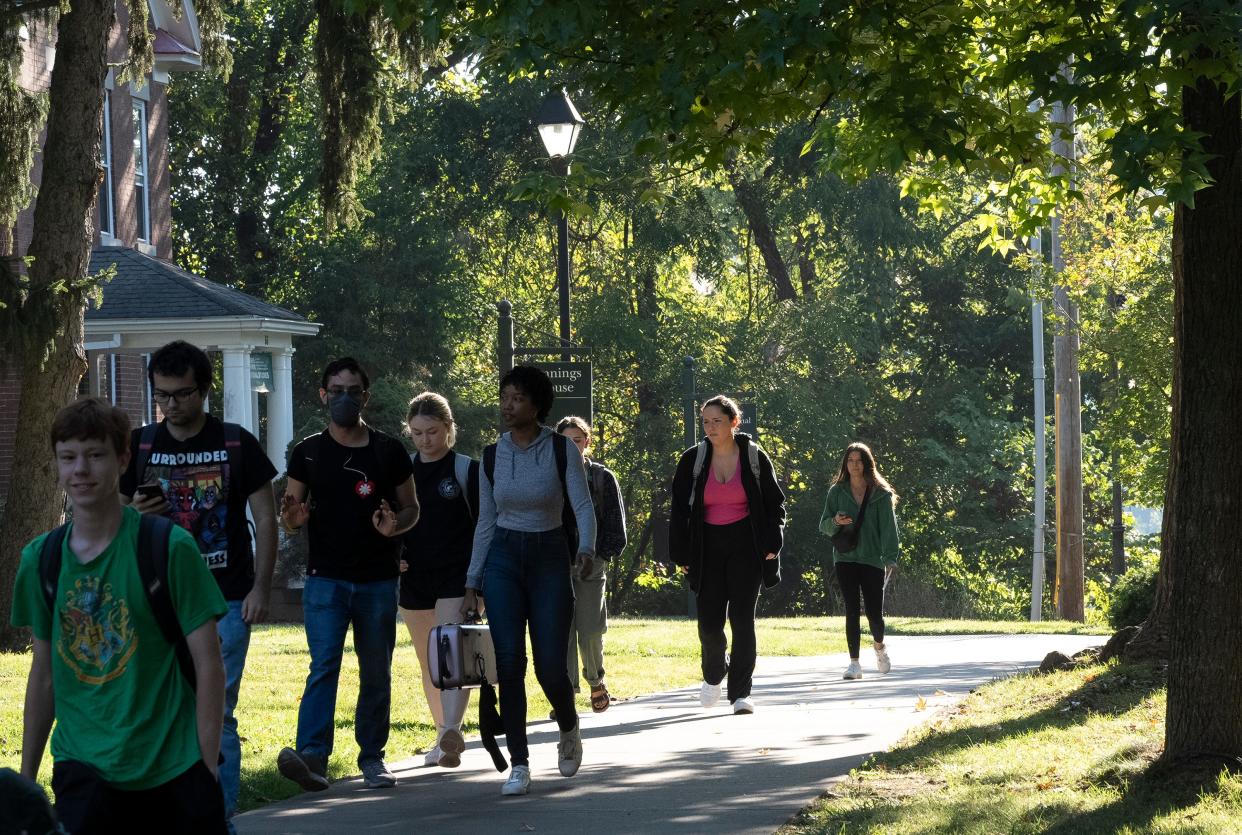
- Oops!Something went wrong.Please try again later.
Ohio has nearly 650,000 college students, but that number is expected to drop and state and local leaders are looking for ways to slow the tide of graduates leaving the state.
The state’s college enrollment numbers are holding steady as of last fall, and Ohio was reported as the fourth best state for net importing of college students, according to the Ohio Department of Higher Education’s 2022 Year in Review.
Ohio has 14 four-year public universities that have 24 branch campuses, 23 two-year community and technical colleges and more than 50 four-year private colleges and universities.
With all the students in Ohio, it can leave you wondering: Where do they go after graduation?
A 2022 study from the National Bureau of Economic Research said about 12% more people leave the state after graduating than stay.
The 2022 Year in Review reports that 80% of college graduates are working in Ohio one year after graduation, 73.8% are still in Ohio five years after graduation and almost 70% are still here working in Ohio 10 years after graduation.
Retention efforts are happening, but a decline is coming
Ohio's “brain drain” to other states concerns state and local leaders, but there are existing programs trying to slow the trend.
“At the local level, there's a ton of anxiety, especially in our legacy cities,” said Alison Goebel, the executive director of Greater Ohio Policy Center. “Several communities in Ohio are adapting a tool that is being used nationally, which is basically what is called a reverse scholarship.”
Reverse scholarship programs help recent college graduates with student debt. Some programs in Ohio include the Talent Attraction Program Scholarship in Hamilton and the Make Muskingum Home program.
There are incentives offered to high school students to encourage them to stay in the state for college as well, such as financial opportunities including the Choose Ohio First Scholarship Program, Ohio College Opportunity Grant and the recently announced Governor’s Merit Scholarship.
“Something that we asked our four-year public universities to do … if a student either from Ohio or from another state comes to Ohio and gets their bachelor's degree, gets their undergraduate degree, and they want to stay, or consider staying, in Ohio for graduate school, we automatically provide them in-state graduate rates,” Ohio Department of Higher Education Chancellor Randy Gardner said.
Goebel said quality of place can also be important when deciding where to live. Sometimes it can be the reason people move back to or stay in Ohio.
“We see that recent graduates, or people in their 20s and 30s who are moving out of school age, if they feel like there are opportunities available to them, they will stay,” Goebel said. “I mean sometimes they might leave, but they will stay if they feel like there are ways that they can grow and succeed and be financially stable.”
Ohio Chamber of Commerce President and CEO Steve Stivers agrees that a good sense of place - and amenities such as sports teams, performing arts and other attractions - can keep people in Ohio.
A 2022 study done in collaboration with the the chamber and Accenture said the following policy areas are key to strengthening Ohio: education and workforce, taxes and costs, business friendliness, sense of place, innovation and collaboration and infrastructure.
Stivers said there are less people in Ohio than in the past and there’s a demographic cliff coming in a few years that could drop the number of high school seniors by about 20%, which is going to be a major issue for colleges and universities, Stivers said.
Goebel said there’s a 15% decline expected for four-year universities in Ohio due to factors like declining birth rates and the economy.
“It's going to be felt nationally but experienced especially hard in the Midwest,” Goebel said. “The state of Ohio itself is currently basically population stagnant and is expected to lose up to 6% of its population in the next 27 years, so it's super urgent for us to retain all college graduates.”
Finding career opportunities, alternatives
Stivers said Ohio’s Department of Workforce provides information on steps that can be taken as early as middle school on what students need to do to eventually obtain a well-paying job in the state.
“We have a lot of people that are under utilizing their talent in our economy … a bunch of our young workers, 16-to-24-years old, whether they went to college or didn't go to college, they may not know what they could do with even a few weeks of a certificate program and what that could do to increase their salary," Stivers said.
Stivers said it is important to provide access to the talent pathway for people, whether it’s a degree, a certificate or work-based learning. The goal would be setting college juniors and seniors up with a paid internship in their desired field.
Stivers believes being familiar with an employer could also help students receive an in-state job offer. Though college is not for everyone, Stivers believes if opportunities are offered in high school, students can find a career that keeps them in Ohio.
President Joe Biden declared Columbus a Workforce Hub in 2023, one of the first five in the nation.
Columbus' selection came after Intel chose New Albany for a $20 billion semiconductor project, Honda chose Ohio as a hub for its burgeoning electric vehicle operations and Illuminate USA has committed to investing $220 million in Pataskala for a 1.1 million-square-foot factory making solar panels.
Biden’s Investing in America Workforce Hub program is an effort to build the nation's workforce by focusing on access to high-quality training, education and services that provide a path to a good career without forcing people to leave their community.
Gardner said no matter how hard the state tries to provide the education, skills and training, it would be difficult to keep graduates in Ohio without attractive businesses. So, with the new businesses, Gardner says Ohio is now the “go-to state.”
Scot McLemore, executive in residence at Columbus State Community College, has been one of the primary leads in the college’s efforts to build the future of the workforce pipeline for Intel and other engineering technologies career paths in Ohio.
Columbus State, in partnership with the Ohio Association of Community Colleges, is leading an effort to develop the semiconductor one-year certificate, which can be combined with the Electromechanical Engineering Technology degree. McLemore said Intel was very specific with them in developing the certificate so that it meets the needs of the talent skills required for a semiconductor fabrication plant technician.
“There may have been this thought that in order to get into the high-tech industry, you'd have to move out West, where now because of what's happening with reshoring of this industry, it's coming to the Midwest,” McLemore said. “Now, young people are realizing that they don't have to leave home to get into these roles and to get into this field.”
Job opportunities, family, social issues play a role in decision
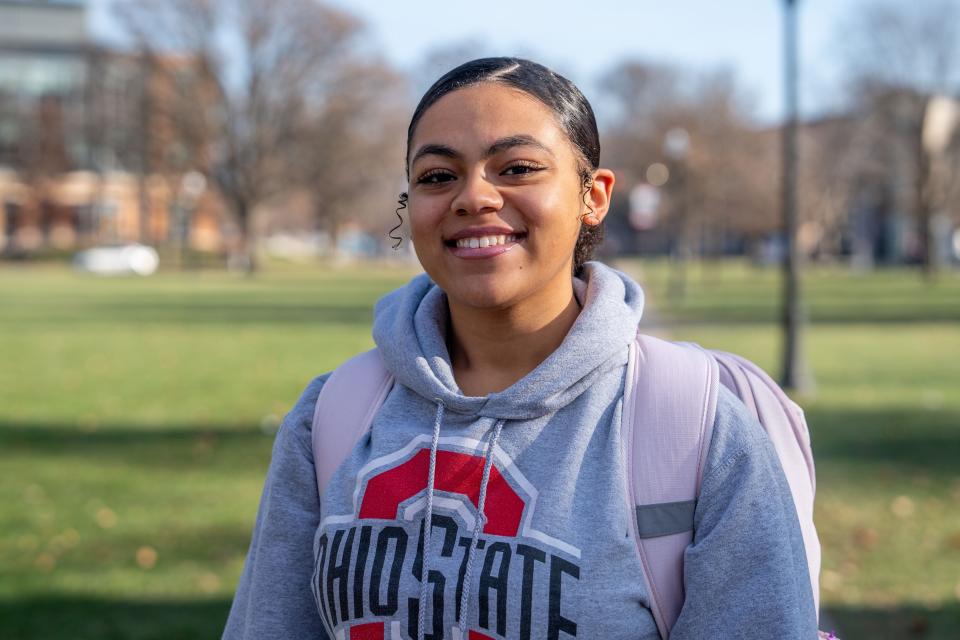
In November, young Ohioans voted overwhelmingly to protect abortion rights and legalize recreational marijuana.
Voters under 30 surveyed in a CNN exit poll approved the abortion amendment 77% to 23%, while 84% of Ohioans in that age group said yes to Issue 2, the marijuana law.
For some students, the outcome of Issue 1 and Issue 2 gives them a reason to stay in Ohio.
“I love that we're open to more things now,” Breana Smith, a freshman at Ohio State University, said. “Given that there are circumstances that allow us to need those things, I think we should be able to have access to those things.”
And for some, like Kayla Parks, a junior at OSU, politics won't play a major role in deciding where home is after college.
“Even if I move to another state, those laws will affect me (there) as well,” Parks said.
Sometimes what keeps some students in the Buckeye State is something rooted deep: family.
Smith said she plans to stay in the state, despite the weather, she said jokingly, because her family provides a great community.
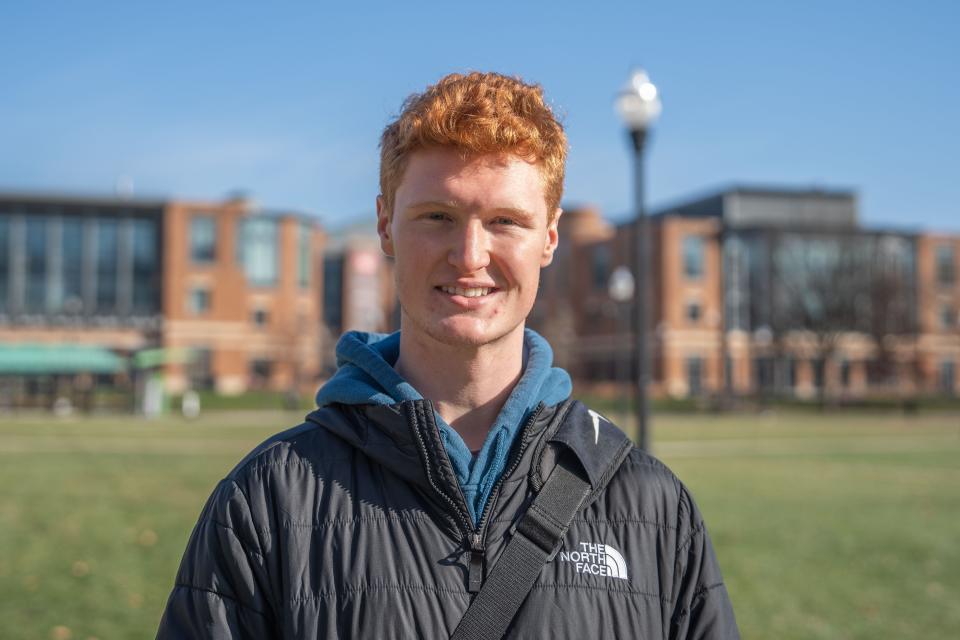
Chris Mueller, an OSU junior, said his hometown of Cincinnati and the people he knows there are a key reason why he plans on staying.
For others, it’s about finding opportunity.
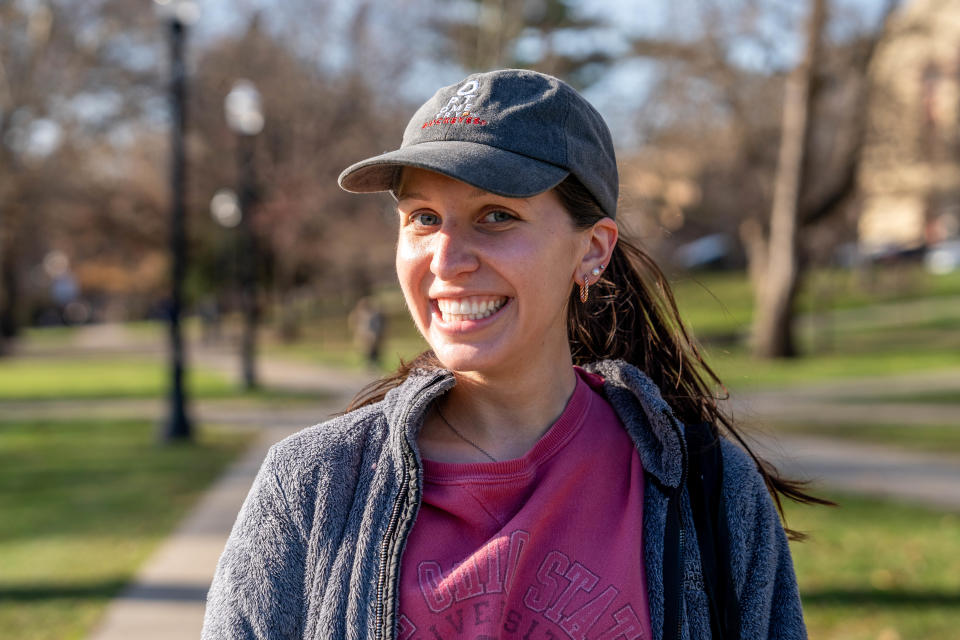
“The optometry school is definitely keeping me here. It is the second best in the country right behind Berkeley,” Olivia Heimann, a junior at OSU, said. “And then my family keeps me here. I'm from Cleveland, so all my family is up there and all of my friends as well.”
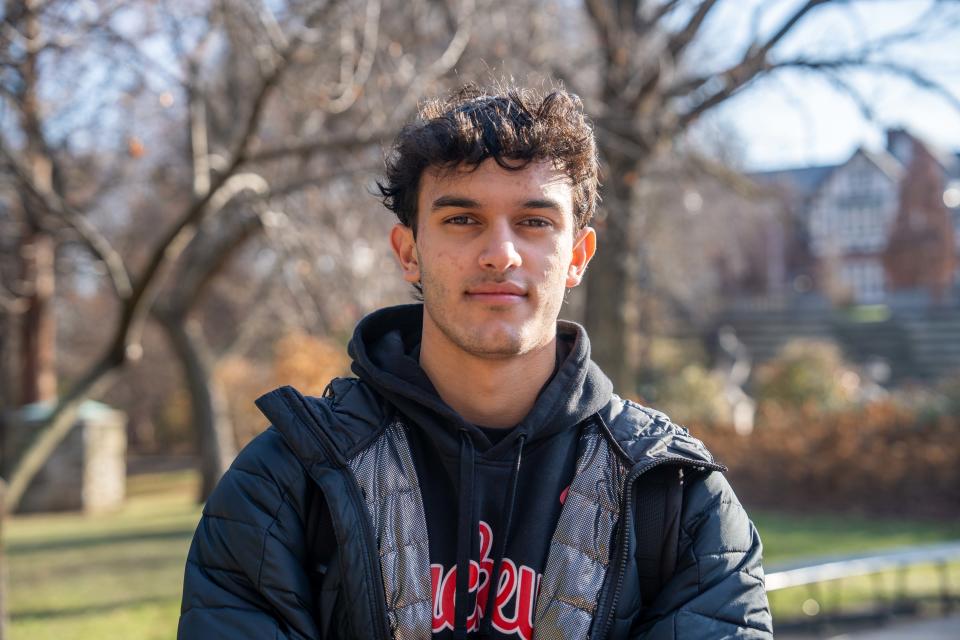
Manu Dhillon, a sophomore at OSU, said he plans to go to medical school after graduation, but where he goes depends on where he gets in. And ultimately, after medical school, it'll be his job that determines where he’ll live.
Kayla Bennett is a fellow in the E.W. Scripps School of Journalism's Statehouse News Bureau.
This article originally appeared on The Columbus Dispatch: Here’s what Ohio’s doing to keep young adults in the state

